There's a Problem with This Drive
Featured Articles
- 01 You Must Initialize a Disk Before Logical Disk Manager Can Access It
- 02 Location Is Not Available
- 03 Drive Access Denied
- 04 Cannot Open Volume for Direct Access
- 05 There Is No Media in the Device
- 06 The Disk Structure Is Corrupted and Unreadable
- 07 Please Insert a Disk into USB Drive
- 08 Data Error Cyclic Redundancy Check
- 09 Hard Drive Showing as Unknown Device
- 10 SamSung 870 Evo Not Detected Windows 10
- 11 Maxtor Hard Drive Not Working
"For some unknown reasons, my Seagate external hard drive stopped working last week. Every time when I plug it into my laptop and try to open it, I get a popup box that says "Location not available: G:\ is not accessible. Access is denied". How do I fix the error? I am using Windows 10."
How Do I Fix Access Denied Error on an External Hard Drive?
Have you ever been caught in such a situation and tried to access a hard drive partition that is inaccessible? If yes, here, you can read how to fix the drive is not accessible error without losing data.
| Workable Solutions | Step-by-step Troubleshooting |
|---|---|
| Get Permission to fix the error |
|
| Recover data & format the disk |
|
Overview of the Access Denied Error
Nowadays, external hard drives are widely used by people to store personal data like text files, pictures, audios, videos, etc. But sometimes, the disk shows 'Location is not available', along with the details "Drive X: is not accessible. Access is denied" error message, and this error prevents users from accessing any of their files. Many PC & Laptop owners have reported this issue in many different situations as well as on different versions of operating systems like Windows 10/8/7.
To fully illustrate how this problem arises and how it ends, I did an experiment to give you an example. I created an exact situation on my own computer and followed the same path to resolve the issue finally.
Beforehand, to test out the effectiveness of the solution in the next part, I disabled the user authorization in the drive E: properties. Sure, the drive can be replaced by drive D:, F: or G:, or any other existing drive partition that may run into the same error as showcased here. Take my own computer as an example, I modified the E drive properties, and now I got a greyed-out NTFS drive, with the information of free space & used space lost, too.
When I double-click on it, I got the error message" E:\ is not accessible. Access is denied" as expected.
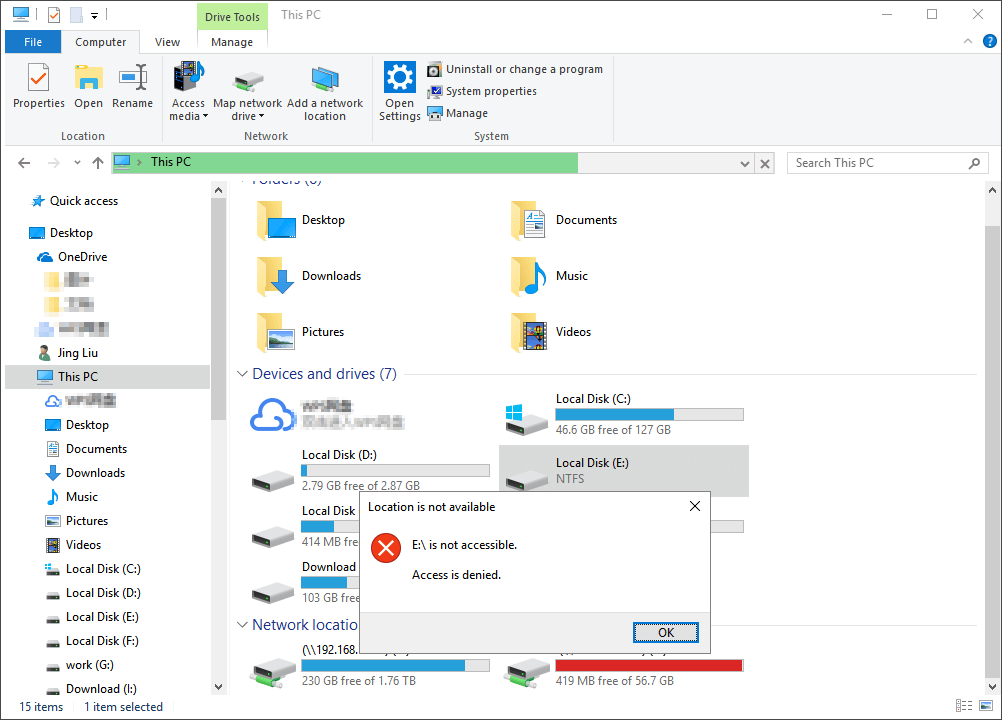
When I click "OK", nothing changes here.
Are you interested in watching a video guide before reading it, and here it is...
1. Get Permission to Fix "Drive is not accessible. Access is denied" Error
Usually, when your external hard drive shows the "Drive is not accessible. Access is denied" error message, it suggests that you don't have the privilege of accessing the disk partition. So, to fix the issue, you have to take ownership to get permission.
Step 1. Right-click on the inaccessible hard drive, select "Properties". Switch to the "Security" tab, where you should see the reason why you aren't able to open the drive with the info saying "You must have Read permissions to view the properties of this object. Click Advanced to continue". Then click "Advanced" as told.

Step 2. Click "Change" to attempt the operation with administrative permissions.

Step 3. When asked to select User or Group, choose the "Advanced" option first. In the Common Queries, select "Find Now", which will give a list of search results of user names.
Generally, Windows adds four user groups to the Security, including Authenticated users, Administrators, Users, and systems. If you add just Administrators and System, you'll disallow to access the disk and even read its properties such as the used & free space. That's why you need to add the User's account into the Security.
Scroll down to find the "Authenticated Users", by clicking "OK" to add it.

Tip: If you don't clearly know which section you're missing in the Security, try to add several more names in the same way until you got the right permission. Otherwise, choose "Everyone" to allow access with no limit.
Step 4. Confirm saving the changes you've made. Return to the Explorer, and now my drive E shows normal again. I can open it without receiving any further error messages.

2. Recover Data and Format Disk to Fix "Access Is Denied" Error
If Windows Explorer properties cannot help, you can try to recover data from the inaccessible hard drive and format the disk for repair.
How to Recover Data from Inaccessible Drive
EaseUS Data Recovery Wizard comes in handy whenever Windows detects your hard drive, though you lost access to the drive. It can help you to scan and recover all the data files from corrupted hard drives, inaccessible hard drives, and RAW drives.
Now, free download this file recovery and run it to get data off.
Step 1. Select the hard drive which becomes inaccessible on your PC. Click "Scan" to let EaseUS Data Recovery Wizard scan and find your hard drive data.
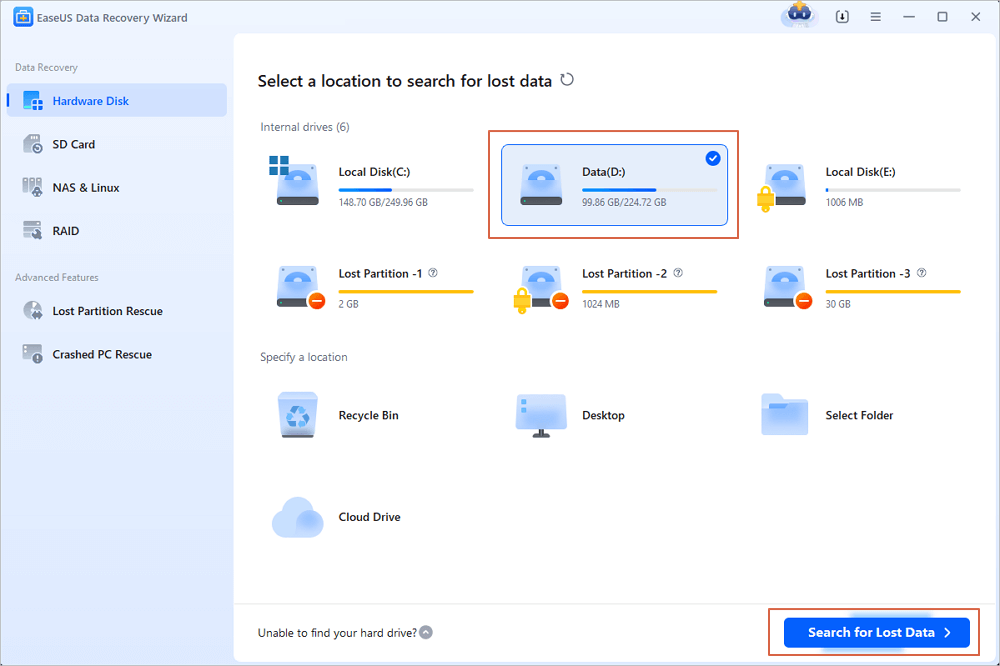
Step 2. After the scan, you can preview and check found files on the scanning result window. The "Deleted Files" and "Other Lost Files" folders contain all your lost files. You can also click "Filter" to quickly find a specific type of file. Then, preview the files and determine which files you want retrieved.
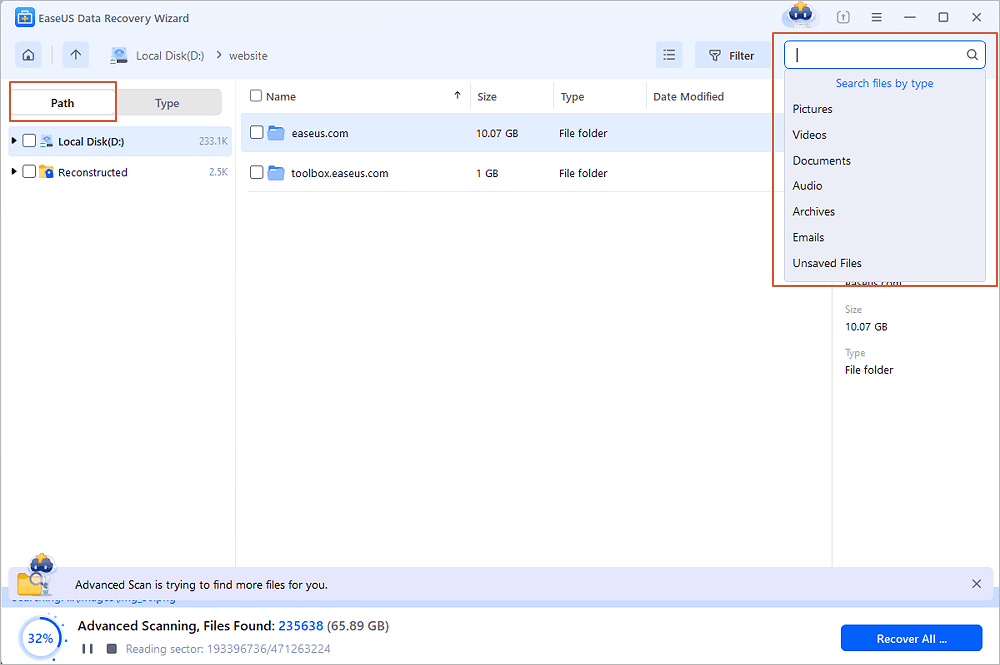
Step 3. Finally, select the items you want to restore and click "Recover". Choose a secure location (a healthy physical drive on your PC or another external storage device) and click "OK" to start recovering all lost data from your inaccessible hard drive.
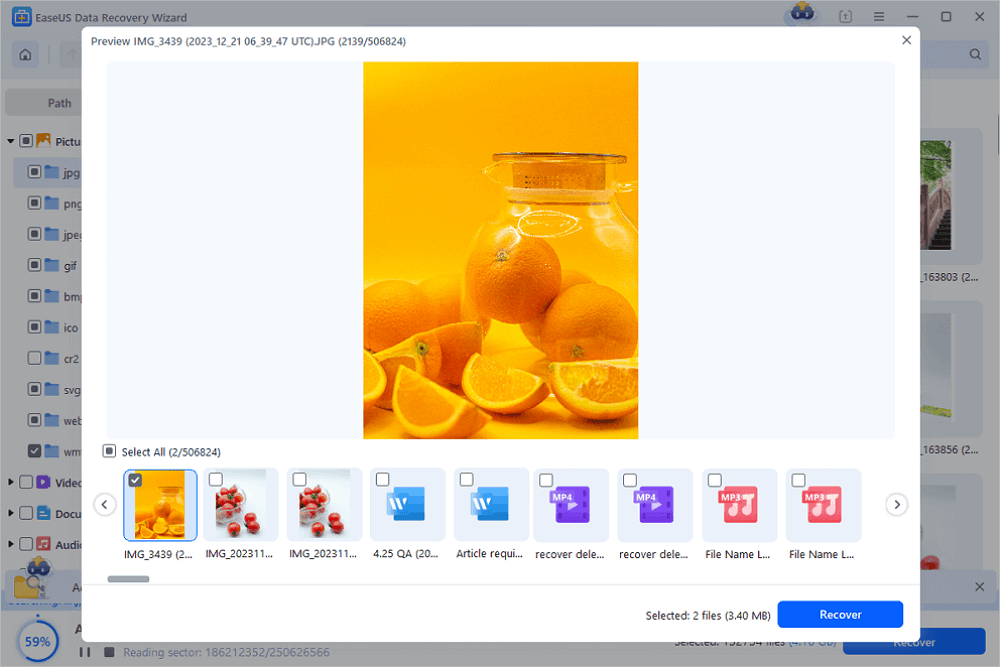
Format the Hard Drive to Fix Access Is Denied Error
After the data recovery has finished, go to My Computer or This PC, right-click the disk you need to repair, and then choose "Format". In the pop-up window, you can set a file system and cluster size and then click the "OK" button.
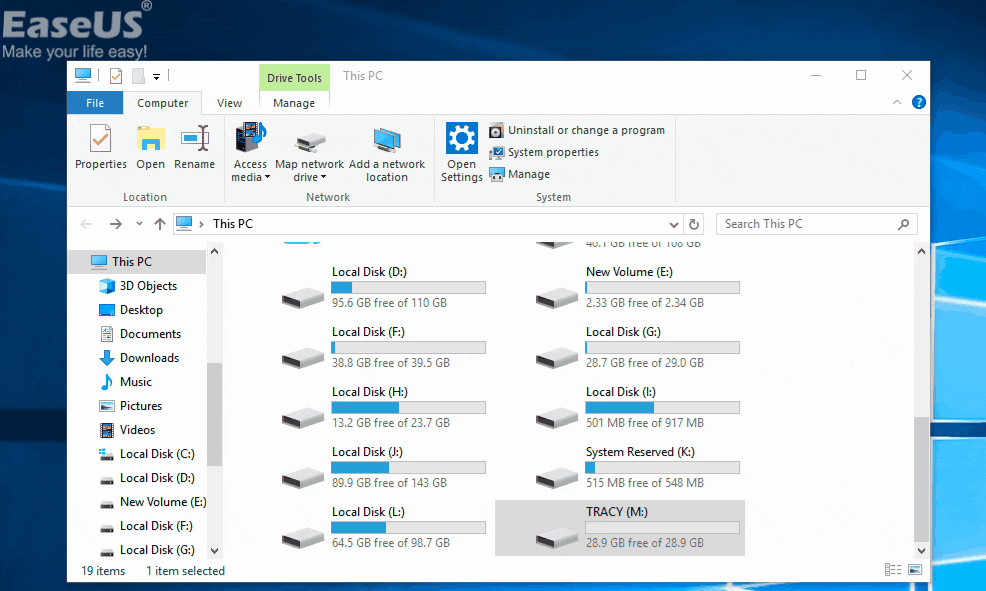
Conclusion
On this page, we covered two practical fixes to help you thoroughly get rid of the "Access Denied" error from storage devices on Windows 10/8/7 by gaining access permissions from File Explorer and formatting devices to be accessible again.
Some of you may still have relative questions related to this issue. Check the following three questions and you may find desired answers.
Frequently Asked Questions
1. What is not accessible?
For a literal explanation, not accessible is an inaccessible area or an inaccessible goal. As for a not accessible error that pops up on your computer, it means that your current storage device is inaccessible, you can neither open it nor access the saved files and data on the device.
2. Why is my hard drive access denied?
Usually, when your external or internal hard drive shows the "Drive is not accessible. Access is denied" error, it suggests that you don't have the privilege of accessing the disk partition.
To fix the issue, you have to take ownership to get permission.
3. How do I fix Access Denied hard drive not accessible Windows 10?
As suggested on this page, to fix Access Denied hard drive, you'll have to take ownership of your Windows 10 computer.
- 1]. One way is to take the authentic permission from Windows as listed in Fix 1 on this page.
- 2]. The other way is to force the device accessible by changing its file system by formatting as listed in Fix 2 as listed above.
If you are having a similar issue while trying to open a hard drive, USB, or even a file folder, and you need more practical fixes, follow to Fix Hard Drive/USB/File Folder 'Access Denied' Error and restore data on your own.
Was This Page Helpful?
Cedric Grantham is a senior editor and data recovery specialist of EaseUS. He mainly writes articles and how-to tips about data recovery on PC and Mac. He has handled 10,000+ data recovery cases and is good at data recovery of NTFS, FAT (FAT32 and ExFAT) file systems, and RAID structure reorganization.
Written by Tracy King
Tracy became a member of the EaseUS content team in 2013. Being a technical writer for over 10 years, she is enthusiastic about sharing tips to assist readers in resolving complex issues in disk management, file transfer, PC & Mac performance optimization, etc., like an expert.
Related Articles
-
How to Recover Data from a Corrupted SD Card
![author icon]() Tracy King/Feb 19, 2024
Tracy King/Feb 19, 2024 -
How to Fix Corrupted USB Without Formatting | 6 Solutions
![author icon]() Dany/Dec 15, 2023
Dany/Dec 15, 2023 -
Fix Unreadable SD Card and Recover Data
![author icon]() Tracy King/Nov 08, 2023
Tracy King/Nov 08, 2023 -
The Disk Is Write Protected Remove Write Protection from USB
![author icon]() Tracy King/Dec 04, 2023
Tracy King/Dec 04, 2023